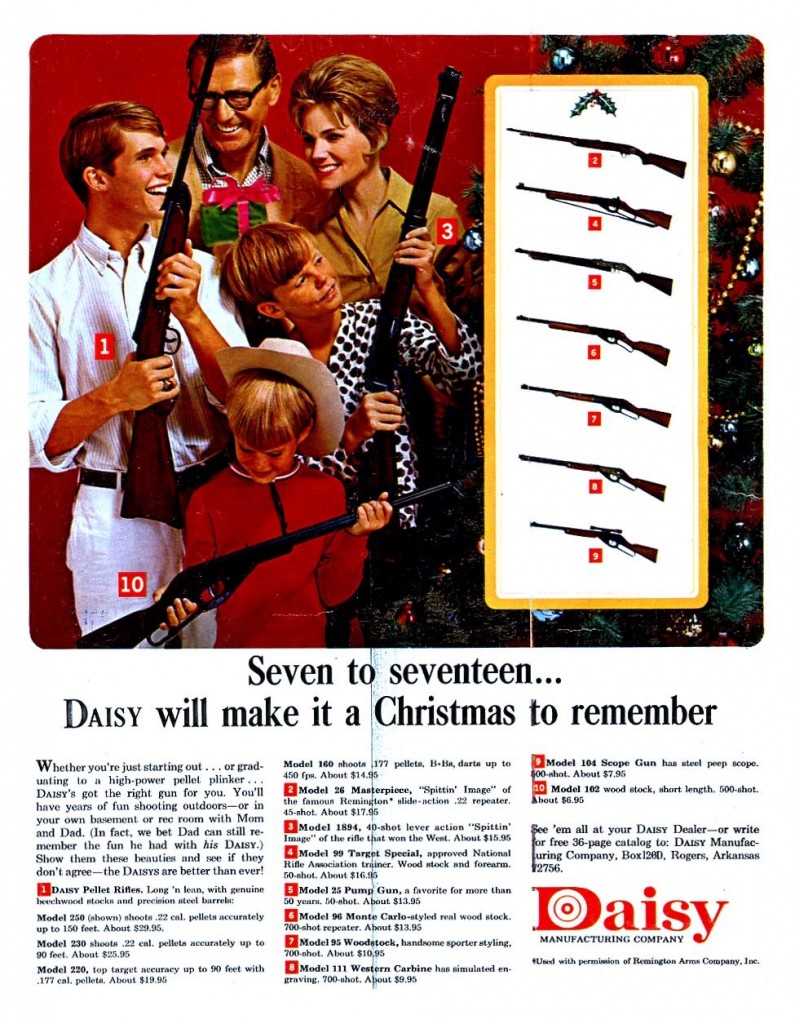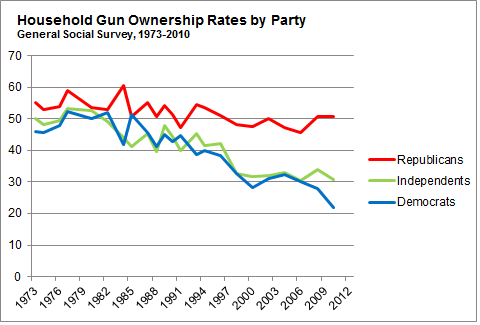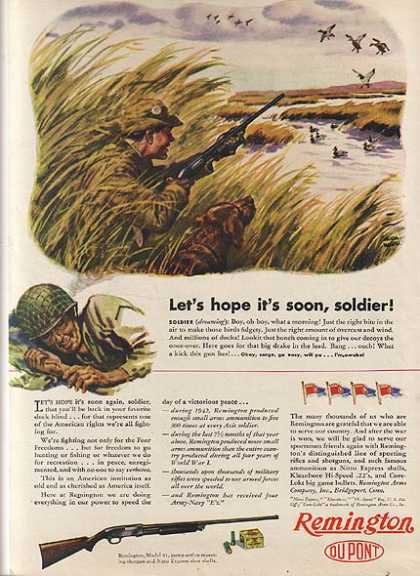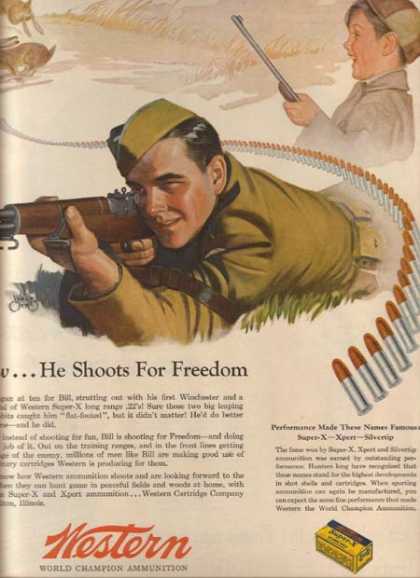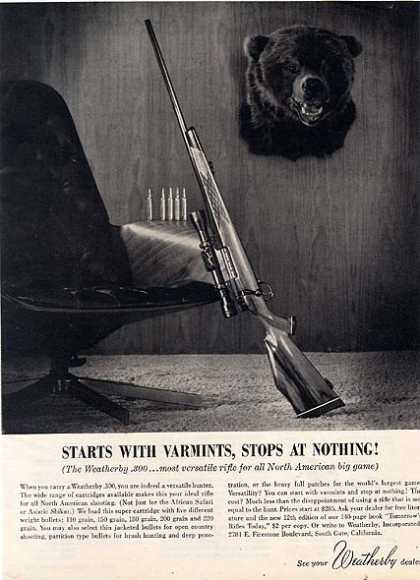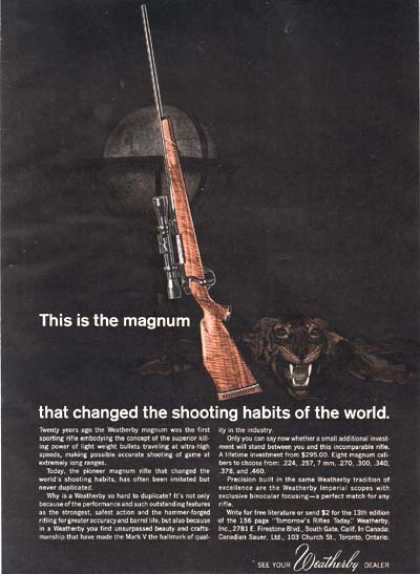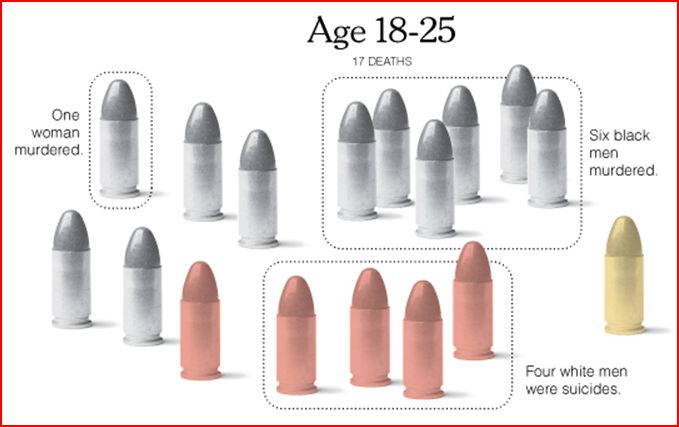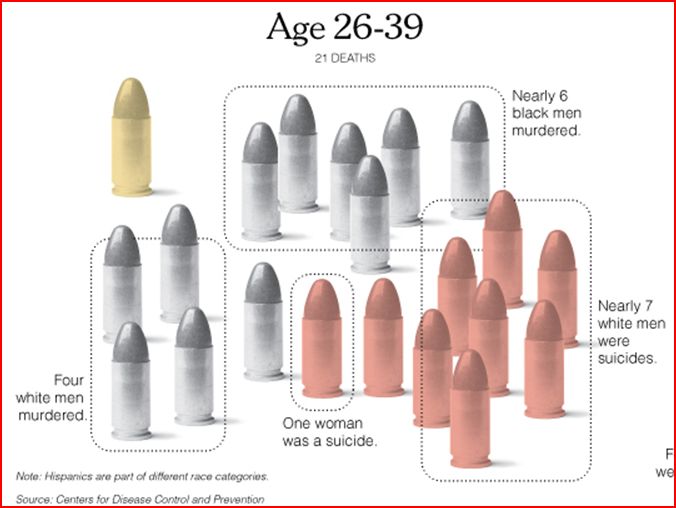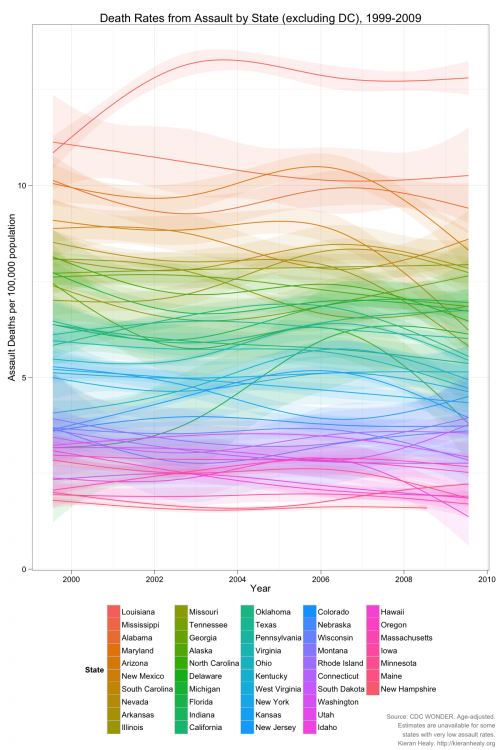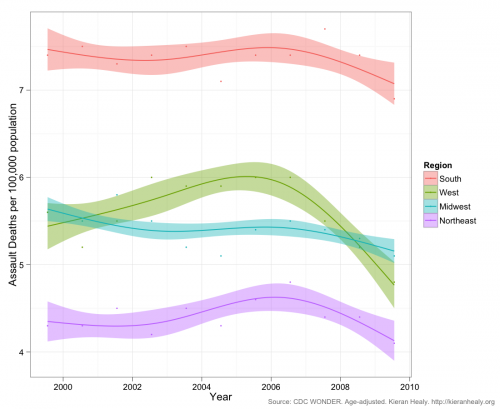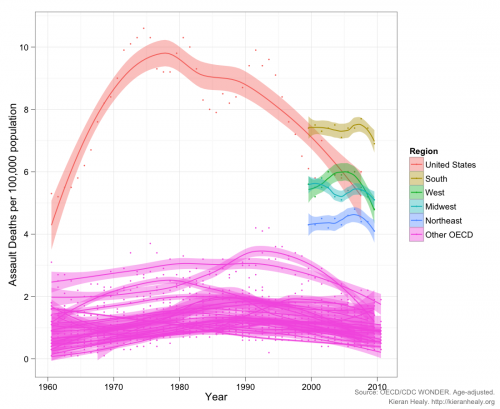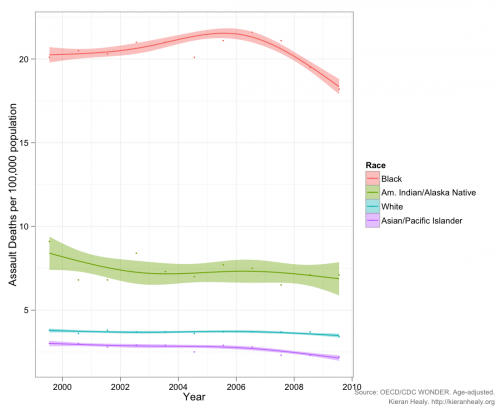Cross-posted at Global Policy TV and The Huffington Post.
The refrain — “guns don’t kill people, people kill people” — does an injustice to the complicated homotechnocultural phenomenon that we call a massacre. Evan Selinger, at The Atlantic, does a wonderful job taking apart the “guns don’t kill people” phrase. It assumes an instrumentalist view of technology, where we bend it to our will. In contrast, he argues in favor of a transformative view: when humans interact with objects, they are transformed by that interaction. A gun changes how a person sees the world. Selinger writes:
To someone with a gun, the world readily takes on a distinct shape. It not only offers people, animals, and things to interact with, but also potential targets.
In other words, if you have a hammer, suddenly all the world’s problems look like nails to you (see Law of the Instrument). The wonderful French philosopher Bruno Latour put it this way:
You are different with a gun in your hand; the gun is different with you holding it. You are another subject because you hold the gun; the gun is another object because it has entered into a relationship with you.
So, that’s the homotechnological part of the story. What of the cultural?
Elsewhere on SocImages, Michael Kimmel observes that the vast majority of mass killings in the U.S. are carried out by middle-class, white males. “From an early age,” he writes, “boys learn that violence is not only an acceptable form of conflict resolution, but one that is admired.” While the vast majority of men will never be violent, they are all exposed to lessons about what it means to be a real man:
They learn that if they are crossed, they have the manly obligation to fight back. They learn that they are entitled to feel like a real man, and that they have the right to annihilate anyone who challenges that sense of entitlement… They learn that “aggrieved entitlement” is a legitimate justification for violent explosion.
Violence is culturally masculine. So, when the human picks up the object, it matters whether that person is a man or a woman.
Bushmaster, the manufacturer of the weapon used by Lanza, was explicit in tying their product to masculinity. Though it has now been taken down, before the shooting visitors to their website could engage in public shaming of men who were insufficiently masculine, revoking their man card and branding them with the image of a female stick figure (top center) (via Buzzfeed).
In one case, a person with the name “Colin F” is described as “just unmanly” because he “avoids eye contact with tough-looking 5th graders.” He is rebuked with the announcement: “Man Card Revoked.”
Bushmaster has just the solution. Ads featuring an image of their Bushmaster .223 caliber Remington semiautomatic (see an example here), originally appeared in Maxim magazine, include the copy: “Consider your Man Card reissued.” Manliness is tied to gun ownership (and, perhaps, gun use). Whatever it is that threatens his right to consider himself a man, a gun is an immediate cure.
Many people are calling on politicians to respond to this tragedy by instituting stricter gun control laws and trying to reduce the number or change the type of guns in American hands. That’ll help with the homotechnological part. But, as Kimmel argues, we also need to address the cultural part of the equation. We need to change what it means to be a man in America.
Thanks to Thomas G., Andrew L., and @josephenderson for the tips.
Lisa Wade and Gwen Sharp are the founders and principle writers for Sociological Images. You can follow Lisa on Twitter and Facebook and you can follow Gwen on Twitter.




